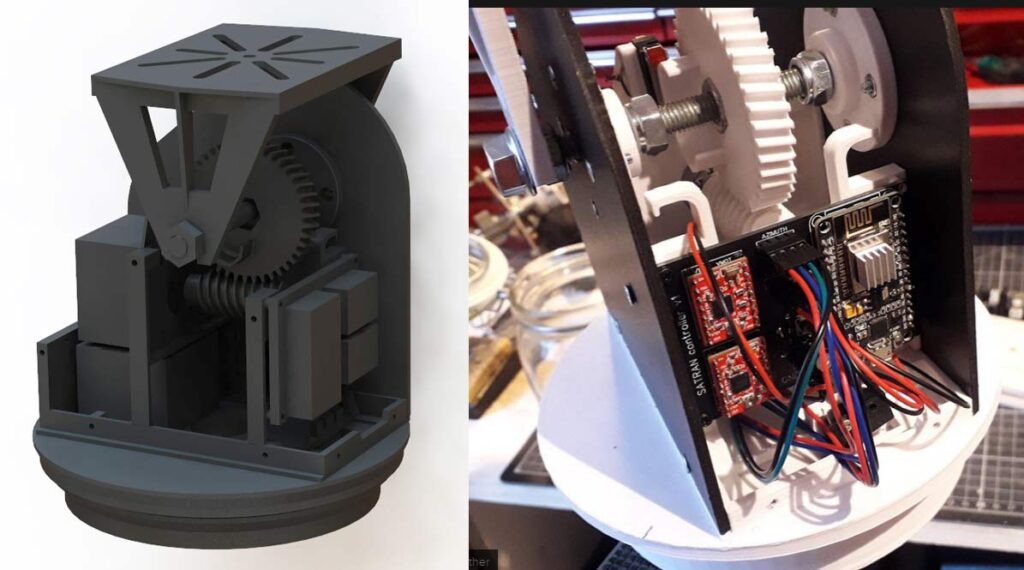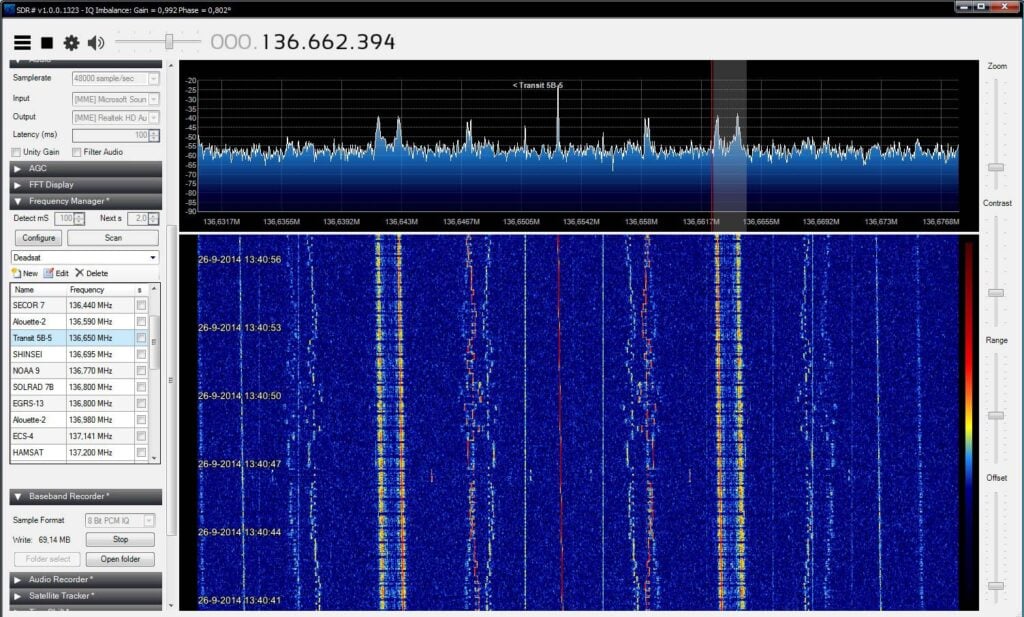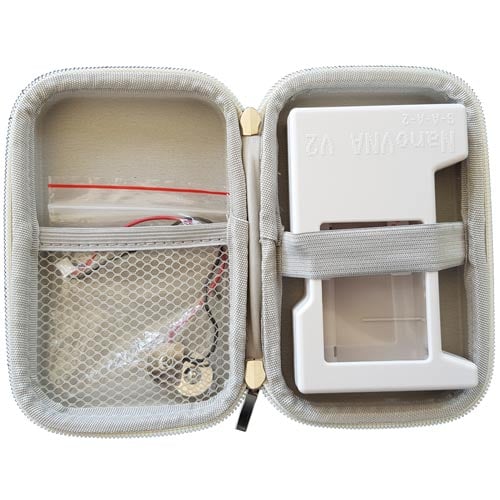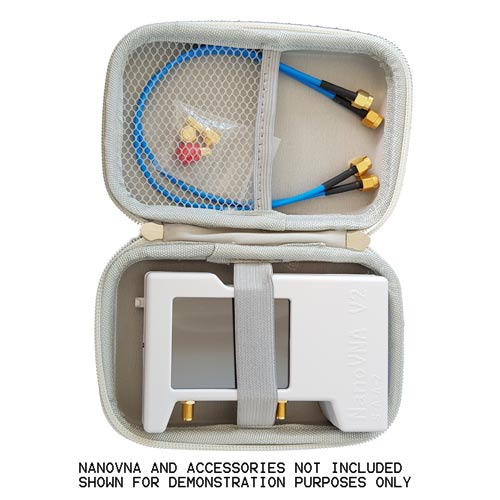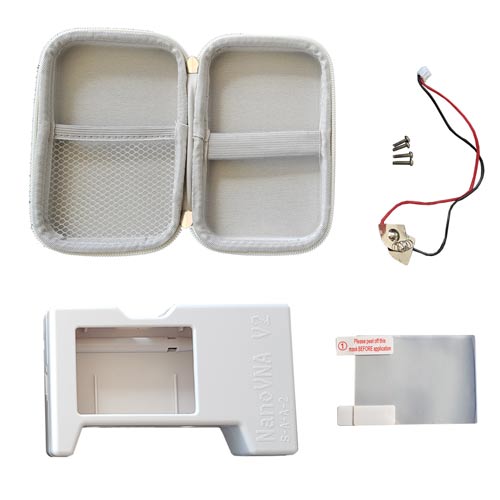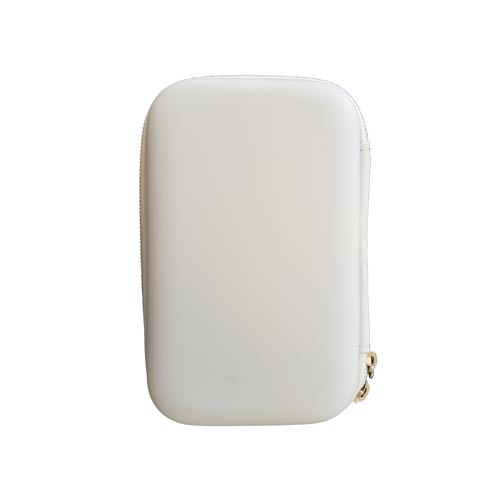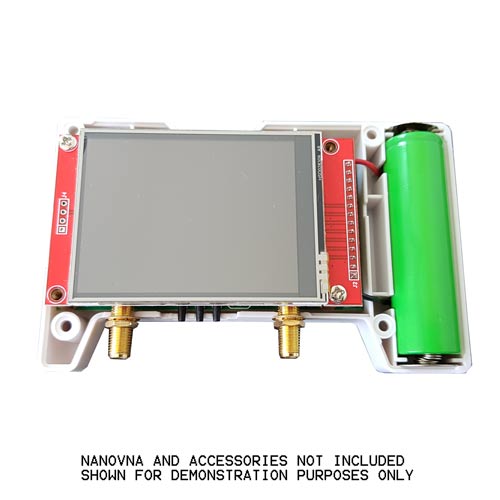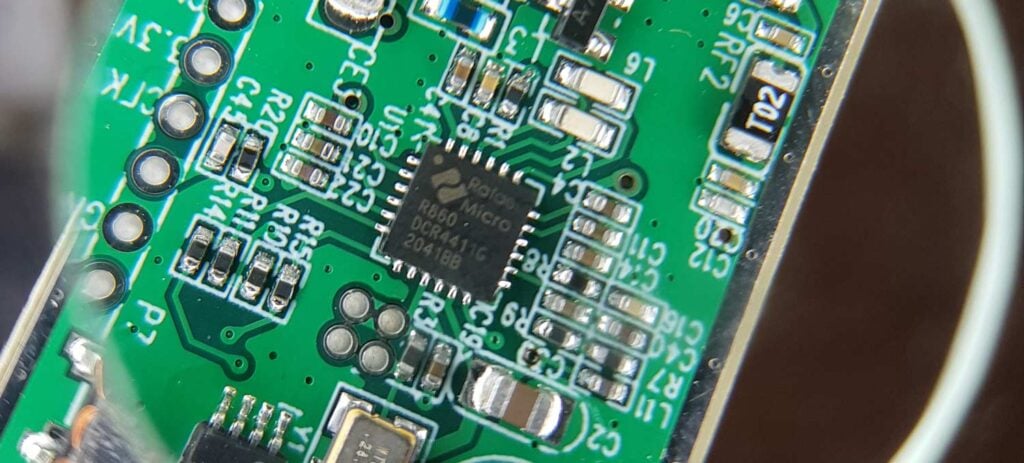SATRAN: An Affordable Motorized Satellite Antenna Rotator
Recently we came across the SATRAN project by Daniel Nikolajsen, which is an attempt to design, build and sell low cost kits of an automatic motorized satellite antenna rotator for less than US$200. A motorized satellite antenna rotator is useful for pointing high gain directional antennas such as a Yagi or satellite dish at low earth orbit satellites which can move across the sky quickly. This is also an idea used by the well known SATNOGS project which also provides a design for a 3D printed antenna rotator, and runs servers that archive received satellite data.
Compared to the SATNOGS design, the SATRAN design appears to be much simpler and easier to build. Although being a smaller unit it's only design to handle small compact antennas such as a 70cm Yagi. SATRAN is also controllable via a web interface and there is an Android App. The design is capable of rotating 360 degrees, and 110 degrees from zenith, which allows a user to cover the entire sky.
Daniel notes that SATRAN kits should be available for sale from Feburary/March 2021. He also notes that it is possible to 3D print most of the parts and to just purchase the electronics for a lower price.
More technical information about the project is available on it's Hackaday.io blog.
